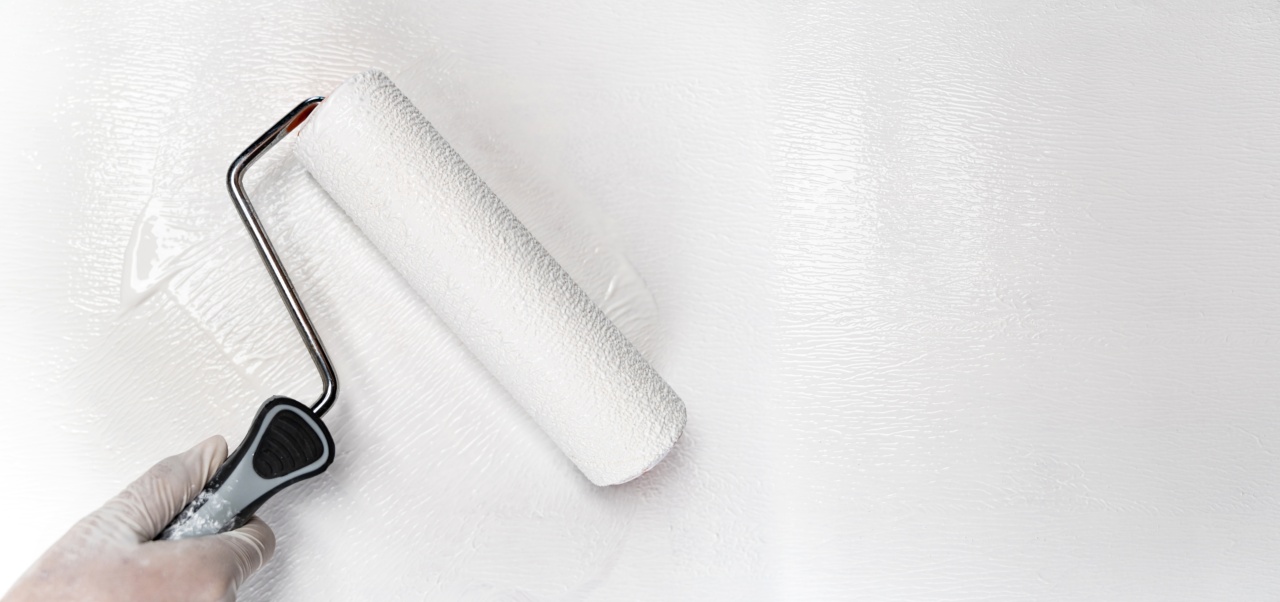Microsurgery and nerve repair are two complex and delicate procedures carried out by experienced surgeons. The art of microsurgery and nerve repair requires a combination of technical skills, knowledge, and precision to achieve successful outcomes.
What is Microsurgery?
Microsurgery involves the use of microscopes to magnify tissues and structures multiple times for surgery. In microsurgery, the surgeon or physician operates with specialized instruments that are designed for precision and delicacy.
Microsurgery is usually done on small, delicate structures, such as nerves and blood vessels.
Applications of Microsurgery
Microsurgery has a wide range of applications in medicine. It can be used in the following procedures:.
- Replantation of fingers and toes
- Free tissue transfer procedures (transferring tissue from one part of the body to another)
- Lymphedema surgery
- Burn reconstruction procedures
- Nerve repair and grafting procedures
What is Nerve Repair?
Nerve repair involves the surgical restoration of damaged nerves. Nerves are the body’s communication system, transmitting signals from the brain to the body and back from the body to the brain.
Nerve injuries can occur as a result of trauma, surgical procedures, or disease.
Types of Nerve Injuries
There are three types of nerve injuries:.
- Neurapraxia – a minor injury to the nerve that does not result in complete nerve disruption
- Axonotmesis – a moderate injury to the nerve where the axons (the long fibers that carry the nerve impulses) are damaged
- Neurotmesis – a severe injury to the nerve where the nerve is completely severed or damaged beyond repair
Nerve Repair Techniques
There are three methods of nerve repair:.
- Nerve grafting – this involves the use of a donor nerve to bridge the gap between the damaged nerves
- Nerve transfer – this involves a nerve from a non-essential muscle being transferred to replace a damaged nerve
- Direct nerve repair – this involves joining the damaged ends of the nerve using sutures
Microsurgery and Nerve Repair
Microsurgery is essential in nerve repair procedures. The use of microscopes allows for increased precision in locating and joining the damaged ends of the nerve. Delicate micro-instruments are used to manipulate the nerve and hold it in place.
The aim of nerve repair surgery is to restore nerve function and alleviate symptoms such as pain and loss of sensation. If successful, patients may regain full function of the affected area.
Mastering the Art of Microsurgery and Nerve Repair
Mastering microsurgery and nerve repair requires comprehensive training, experience, and advanced technical skills. Surgeons who perform such delicate procedures are often required to undergo years of training and practice to hone their skills.
During training, aspiring microsurgeons must develop their dexterity and the ability to work in tight spaces. They must also develop a deep understanding of anatomy, as mistakes in microsurgery can have catastrophic consequences.
Similarly, successful nerve repair requires a sound understanding of the nervous system and injuries related to it.
The Future of Microsurgery and Nerve Repair
The field of microsurgery and nerve repair has advanced significantly in recent years. With the advent of robotics, nanotechnology, and miniaturization, greater precision can be achieved in these delicate procedures.
For instance, robotic-assisted microsurgery may reduce recovery time and improve patient outcomes. Also, nerve conduits made from biological materials such as proteins and stem cells may provide new possibilities for nerve regeneration.
Conclusion
Microsurgery and nerve repair are two advanced procedures that require careful attention to detail and a great deal of skill.
These procedures have a wide range of applications and can help patients with severe injuries and disabilities regain their functional capacity. As technology continues to advance, the future of microsurgery and nerve repair is full of possibilities.






























